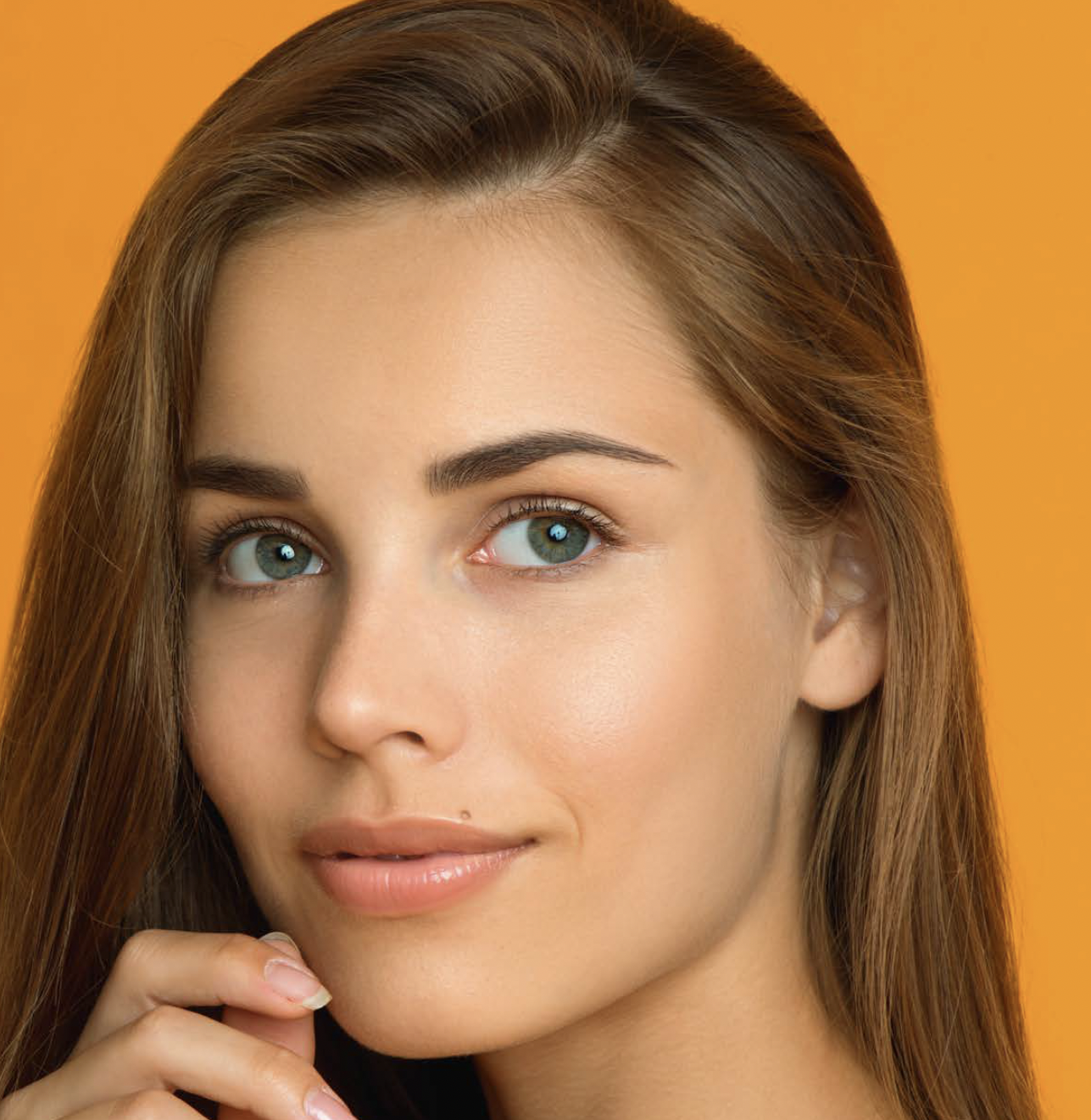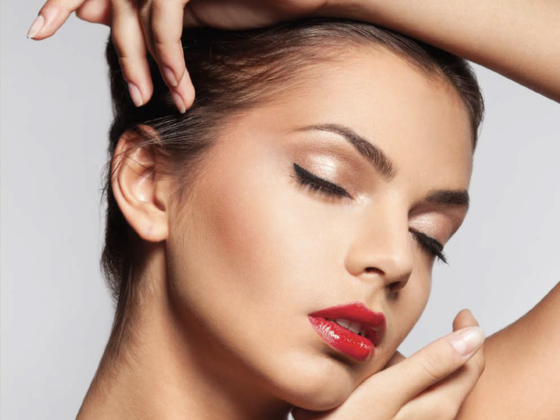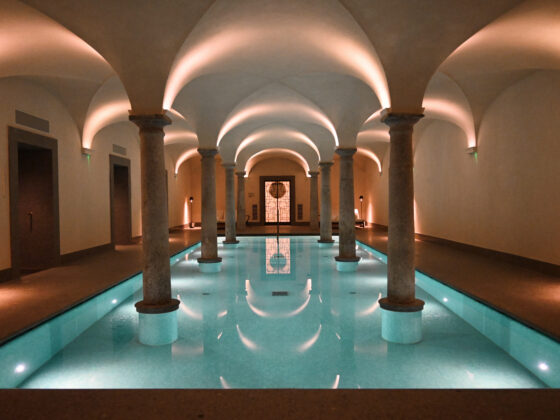Dr Florent Bonnet
For the last two or three years, patients (mainly female) have moved away from simple volumetry to rejuvenate their face. They seek firm and toned, smooth and taut, radiant skin.
A sign of youthfulness and health.
 A duo that is favoured by patients and doctors alike
A duo that is favoured by patients and doctors alike
Combined protocols are appreciated by both patients and doctors for rejuvenating the face while respecting its morphological integrity and its expressions. One of these increasingly high-performance duos involves combining a collagen inducer with tensor threads, to increase their inducing abilities and tighten up the skin. In general, it is best to start by preparing the skin to improve its trophicity before inserting the threads. Another advantage, if the patient is lacking volumes, is to restore them before repositioning them with the threads.
A collagen inducer to improve the skin over the long term
I chose to work with Ellansé® due to its safety, its precision, its natural look and its reproducibility in terms of results, as well as its stability. Over time, the amount injected stays relatively constant, whether for adding volume or for nappage across the whole face. When used for volumising, I prefer working with a needle to position the product in the subperiosteal layer, and I use a cannula for nappage, where I add 0.2ml of lidocaine.
Over half of all patients in the 40-60 age bracket opt for this procedure, which is carried out in two stages. First, the nappage or volume restoration, then the thread insertion 3 to 4 weeks later. If the skin has become too thin, especially after age 60, it is best to treat only with Ellansé®.
Patients want to recognise themselves when they look in the mirror
The face changes over the years and patients are seeking to recover their features “from before” in order to recover an authentic self-image. Providing the ptosis is not too great, tensor threads allow us to rehang the volumes in their original position. In my practice, I have noticed three specific cases for thread insertion, a procedure I perform quite often.
In the first, which applies to a third of all cases, the patient knows about threads and asks specifically for them, either for the first time or after already having them. In the second case, the patient comes to see me about sagging skin but does not want surgery. If the sagging is moderate, I recommend resorbable tensor threads, explaining that they are not a replacement for a lift. We seek to reposition the volumes that have moved without increasing them, which thus preserves and recovers the face’s original integrity. In the third case, the patients ask for fillers but they already have good skin volumes because they have already had several rounds of injections, so we recommend threads to pull and reposition the volumes without adding any further weight to the face.
Another, albeit rare, case I have noticed recently is patients who are taking more of an interest in prevention. They are relatively young, and their skin is sagging only slightly but they have not lost any volumes. On an early a nasolabial fold, 1 or 2 threads will rehang the cheekbones and reposition the volumes in the right place.
THREADS TO REPOSITION VOLUMES THAT HAVE MOVED
Silhouette Soft 12 Cone Short threads are particularly useful because they have an increased tensing effect, as the space between the cones has gone from 8mm to 5mm. More cones on a shorter thread gives more traction and a denser distribution, and therefore greater tissue induction. The threads’ pattern – which features a series of six cones facing downwards for better traction and, on the other side, six cones facing upwards for better suspension – enhances the results. According to an international scientific evaluation, which will be published in the near future, doctors noticed that they could adapt to all face shapes, including shorter faces.
These 12 Cone Short threads are easier to insert and they are ideal for treating the oval of the face. Their insertion path starts in the jowls and goes up to the temple in an almost vertical position, before exiting in the scalp around the temple area.
The two main zones treated are the cheekbones and nasolabial folds (middle third of the face) and the oval (lower third of the face). As a general rule, we insert two threads per side on the middle third and three threads per side on the lower third of the face.
The results last around 18 months and we first achieve collagen induction thanks to the polylactic and polyglycolic acid, which act upon the skin quality. A cumulative effect is achieved over the years and as more threads are inserted.
 Dr Florent Bonnet: Diploma in Plastic and Reconstructive Surgery Paris Descartes University
Dr Florent Bonnet: Diploma in Plastic and Reconstructive Surgery Paris Descartes University















